
-

Antiguo Conjunto Conventual de San Francisco-Museo Rafael Coronel
-
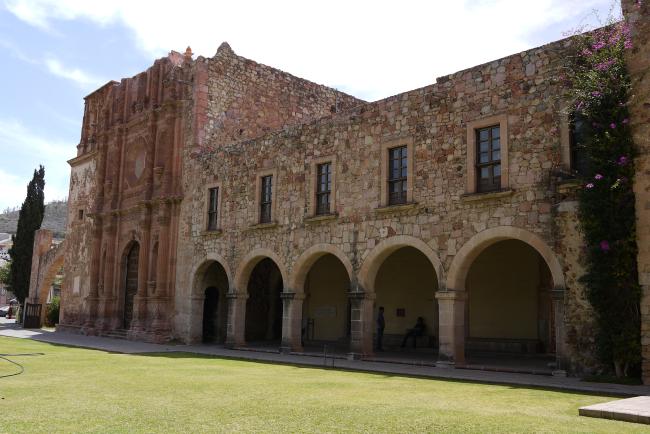
Antiguo Conjunto Conventual de San Francisco-Museo Rafael Coronel
-

Antiguo Conjunto Conventual de San Francisco-Museo Rafael Coronel
-
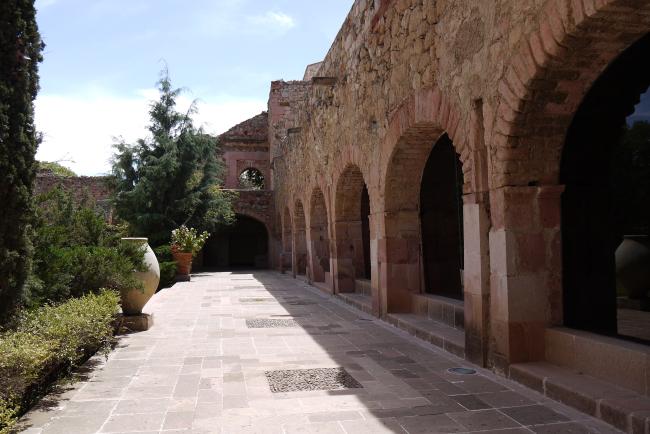
Antiguo Conjunto Conventual de San Francisco-Museo Rafael Coronel
Arcos del Museo Rafael Coronel
-
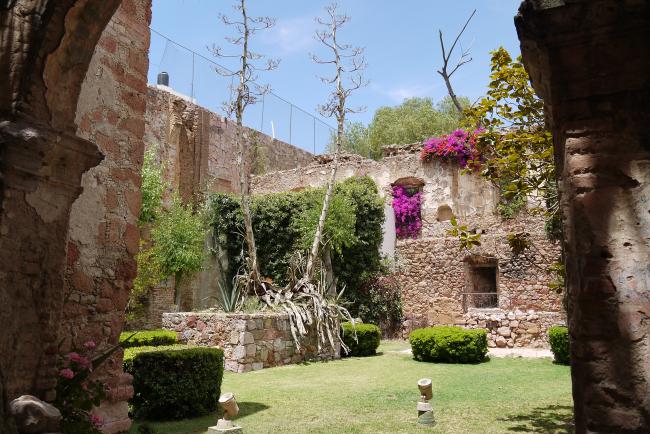
Antiguo Conjunto Conventual de San Francisco-Museo Rafael Coronel
-
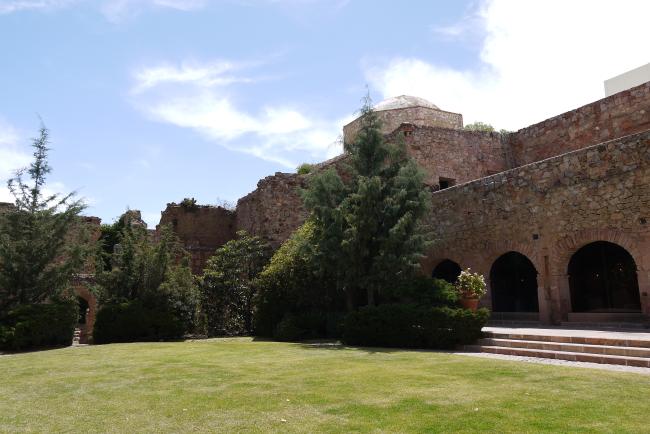
Antiguo Conjunto Conventual de San Francisco-Museo Rafael Coronel
-
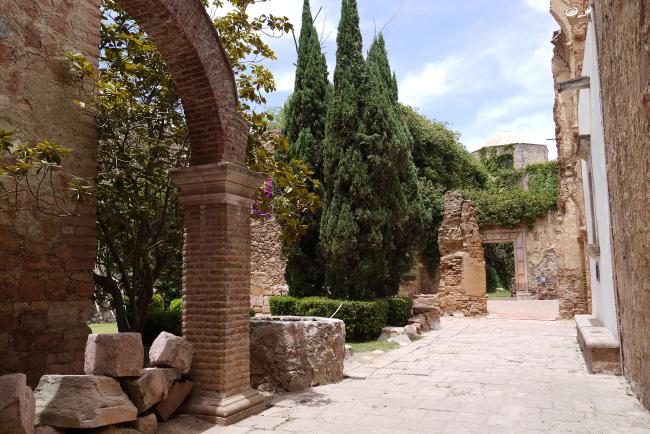
Antiguo Conjunto Conventual de San Francisco-Museo Rafael Coronel
-
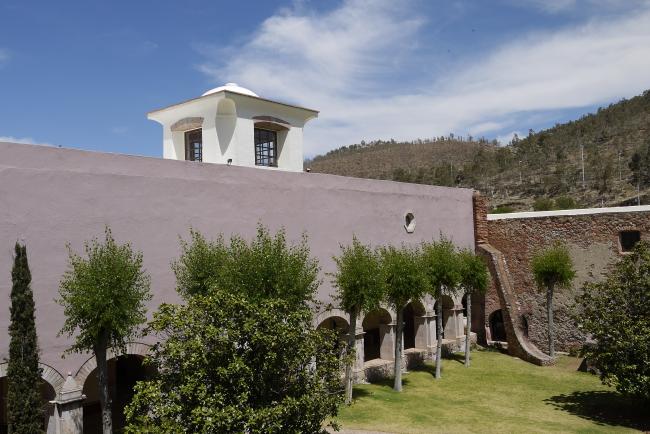
Antiguo Conjunto Conventual de San Francisco-Museo Rafael Coronel
-
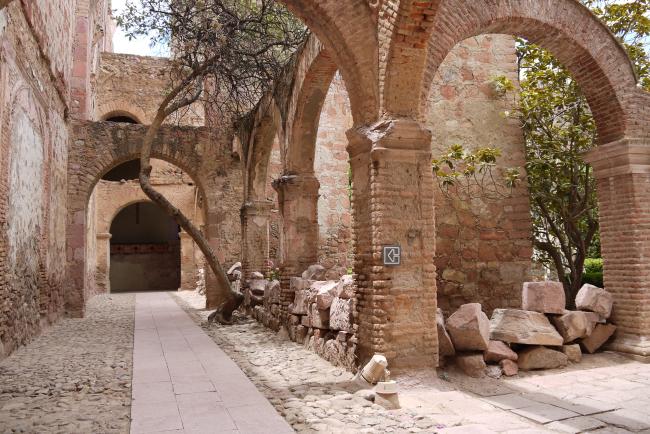
Antiguo Conjunto Conventual de San Francisco-Museo Rafael Coronel
-
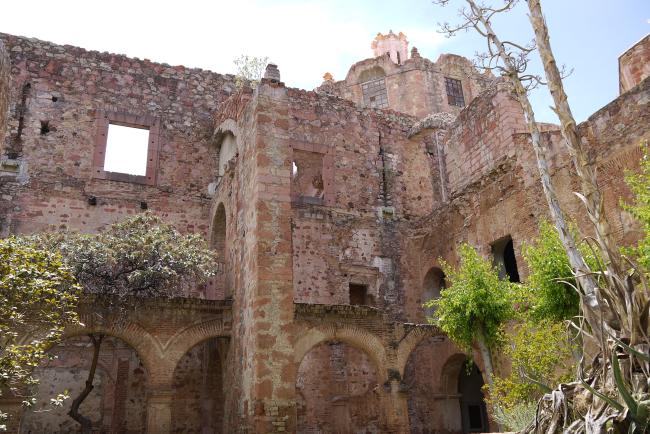
Antiguo Conjunto Conventual de San Francisco-Museo Rafael Coronel
-

Antiguo Conjunto Conventual de San Francisco-Museo Rafael Coronel
-
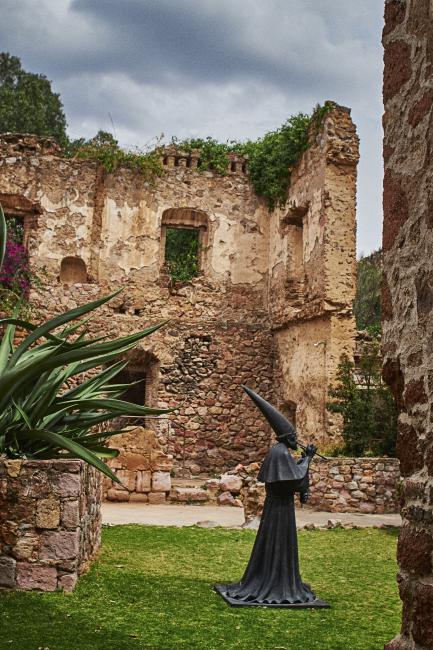
Antiguo Conjunto Conventual de San Francisco-Museo Rafael Coronel
-
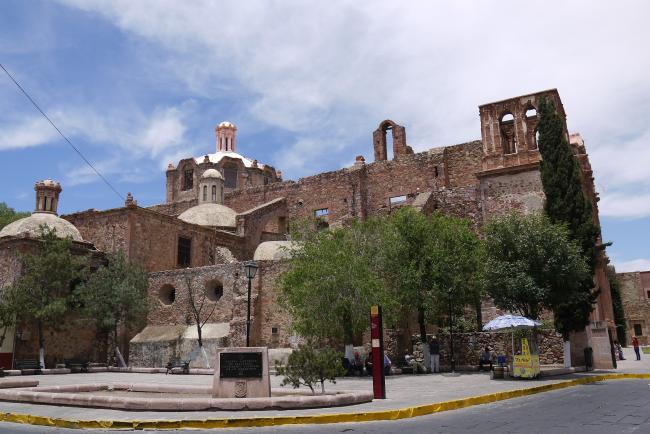
Antiguo Conjunto Conventual de San Francisco-Museo Rafael Coronel
Former Franciscan Convent Complex of San Francisco – Rafael Coronel Museum
Conjunto Arquitectónico
This 16th-century Franciscan complex was one of the earliest religious centers established to evangelize the native populations and support missions to the northern territories of New Spain. The Franciscans arrived in the region under commission from Viceroy Luis de Velasco to carry out evangelization in the areas of Zacatecas and Durango. Their first convent was located where the Bishop’s Palace of Zacatecas now stands.
In 1567, the new complex was built and dedicated to the Immaculate Conception of the Blessed Virgin Mary. At the time, the Franciscan community consisted of fewer than forty friars. On December 7, 1648, the temple was devastated by a fire that left it in ruins and destroyed numerous altars and religious ornaments. Reconstruction began on March 10 of the following year, led by Fray Domingo de Arteaga. In the second half of the 18th century, Father Antonio de Mendigutia rebuilt the church, expanded the Chapel of Saint Anthony with an additional section, and added a dressing room for the image.
In 1856, the Law of Nationalization of Ecclesiastical Properties brought an end to the Franciscan mission. The temple remained in use until 1924, when part of the vaults in the nave collapsed.
In 1987, historian Federico Sescosse led a restoration effort that recovered the original dome, presbytery vault, and sacristy. Following its restoration, the complex was transformed into a museum, which opened on July 5, 1990. In 2010, the museum was expanded in both facilities and collection. Today, it houses over 5,000 traditional Mexican masks.

